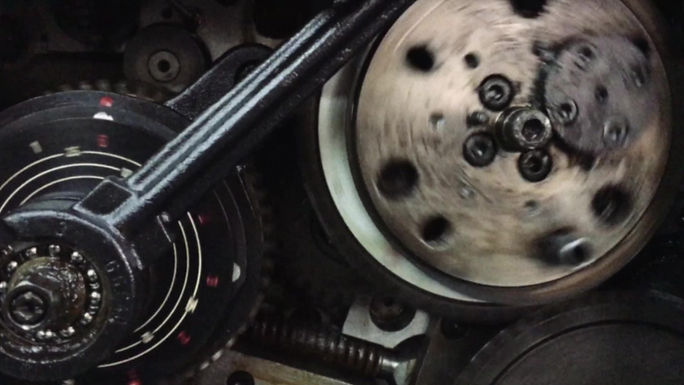The Cannon River is a highlight of Rice County. Flowing through the countryside and the cities of Northfield and Faribault, the river powered the historic mills that once served our early agricultural communities. Today, the Cannon River is popular for kayaking, wildlife viewing, and fishing.
With how important the Cannon River is for the area, it is crucial to keep the river clean and functional for us and future generations. That is a big task when the watershed encompasses 963,000 acres and flows through nine counties.
In 2019, the Cannon River Watershed Joint Powers Organization (CRWJPO) was formed to implement a management plan that was written to improve water quality in the watershed. The plan targets watersheds with impaired waters and also protects the water quality in watersheds that are considered high quality for aquatic recreation.
Now that the CRWJPO is one year into implementing the plan using Watershed Based Implementation Funds from the Minnesota Board of Soil and Water Resources, changes to the watershed are slowly being made.
The CRWJPO held outreach events to farmers across the watershed to promote soil health and conservation. This effort led to the implementation of around 400 acres of cover crops this past fall. Three erosion control structures have also been constructed in farm fields to prevent soil erosion and an additional seven structures will be constructed in 2022.
The CRWJPO’s management plan for the Cannon River Watershed also focuses efforts on area lakes. Water testing and monitoring began on Fox Lake last summer. The results of the testing will be used to draft a lake management plan specific to Fox Lake’s water quality improvement needs.

Brad Behrens, Environmental Specialist with Rice County Environmental Services pulls a Van Dorn water sampler device out of Fox Lake while Dakota Soil and Water Conservation District Water Resource Specialist Lindsey Albright assists. The results of the water sampling will be used to help evaluate the condition of Fox Lake and develop a management plan to improve the water quality.
Other projects in the watershed include a completed shoreline inventory of Lower Sakatah Lake and a septic inventory on Gorman Lake. These projects will be continuing in the next year and other projects will be started on additional lakes to help improve water quality in the watershed.
In addition to the projects being done by the CRWJPO, other organizations are working to improve the water quality of the Cannon River Watershed. Local Soil and Water Conservation Districts, in partnership with the Natural Resources Conservation Service (NRCS), are implementing locally-led conservation practices every year on the ground. The City of Waterville also just received funding for a flood study, to name a few other efforts.
With funding being received every two years, the CRWJPO is continuing currently to address the activities from the last work plan, along with starting to generate activities from the plan for the next round of funding. Public input is always welcomed.
It is a slow process and changes to the Cannon River won’t be seen by the public’s eye overnight, but over time those in the area will notice cleaner water and a more enjoyable river to use for recreation. This work itself isn’t just up to the staff implementing the plan but to the public also, since everyone in the area benefits from keeping the Cannon River clean and functional.



